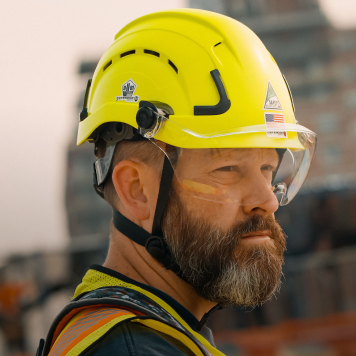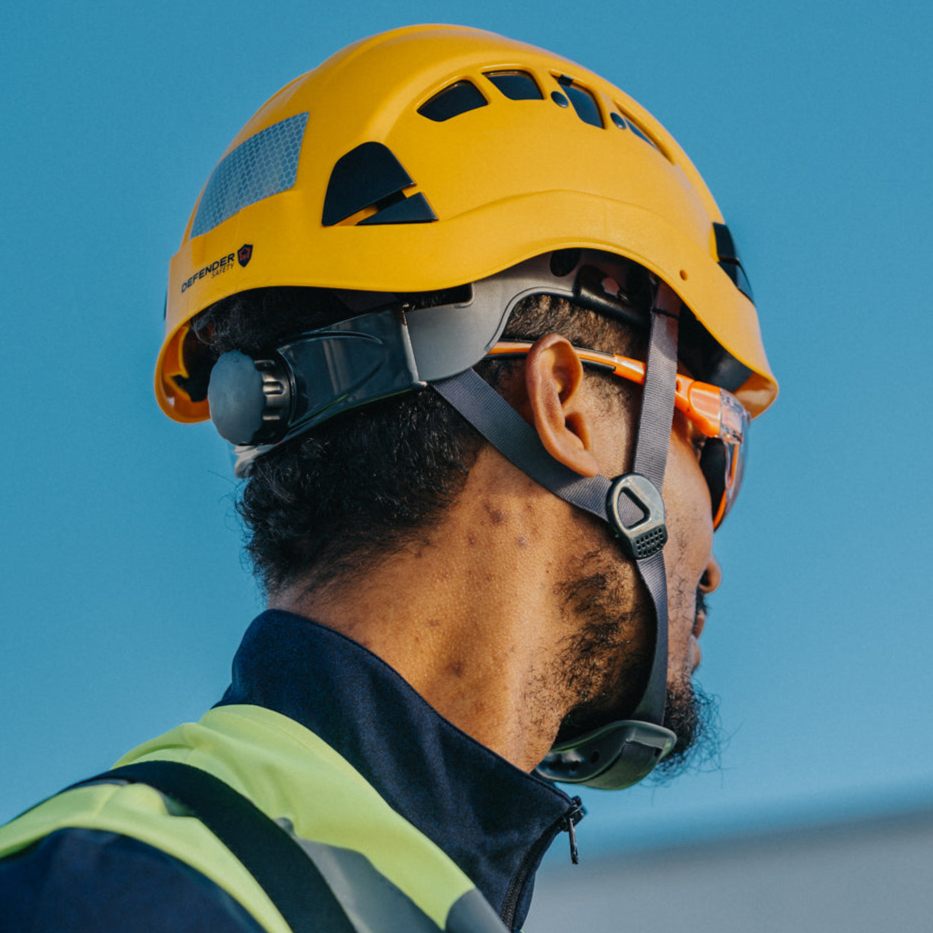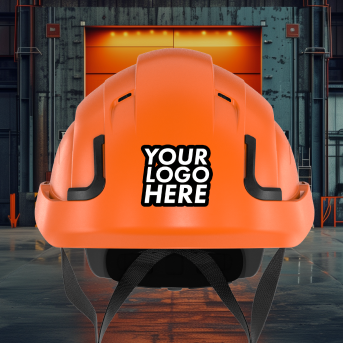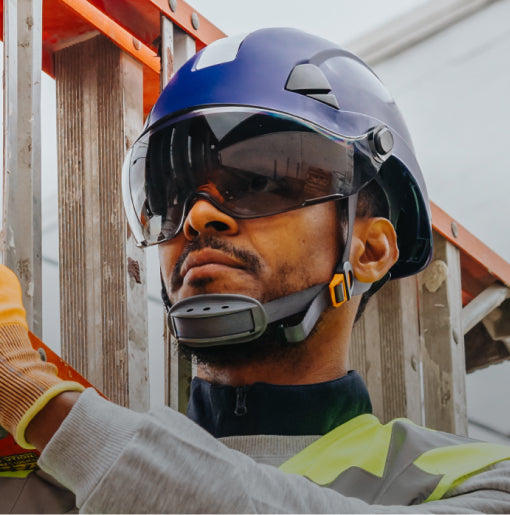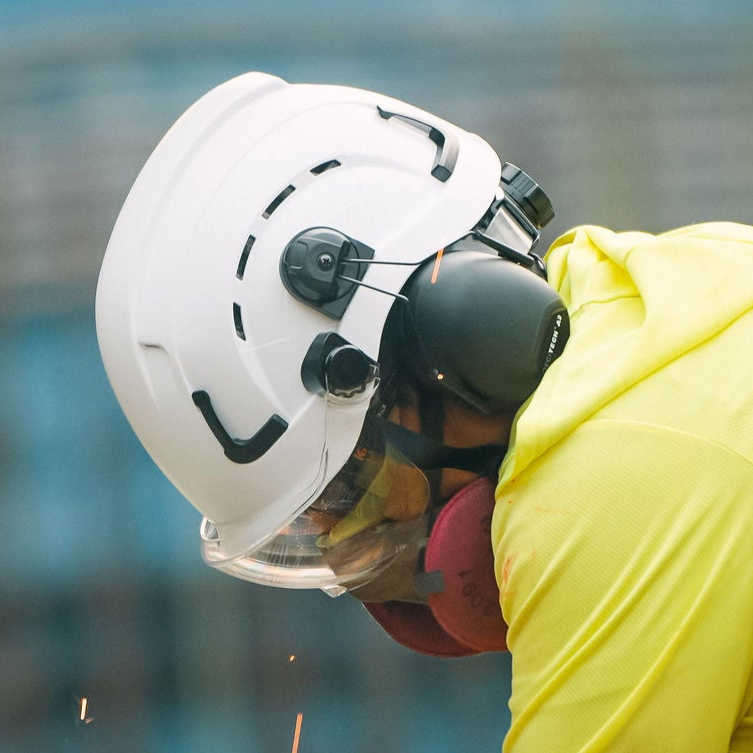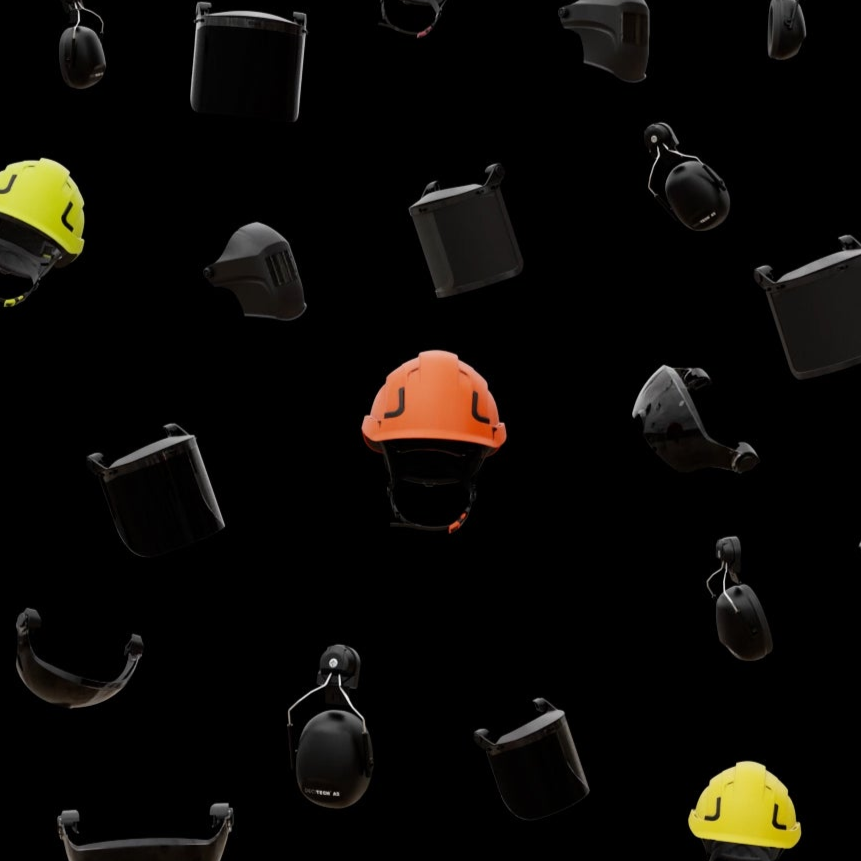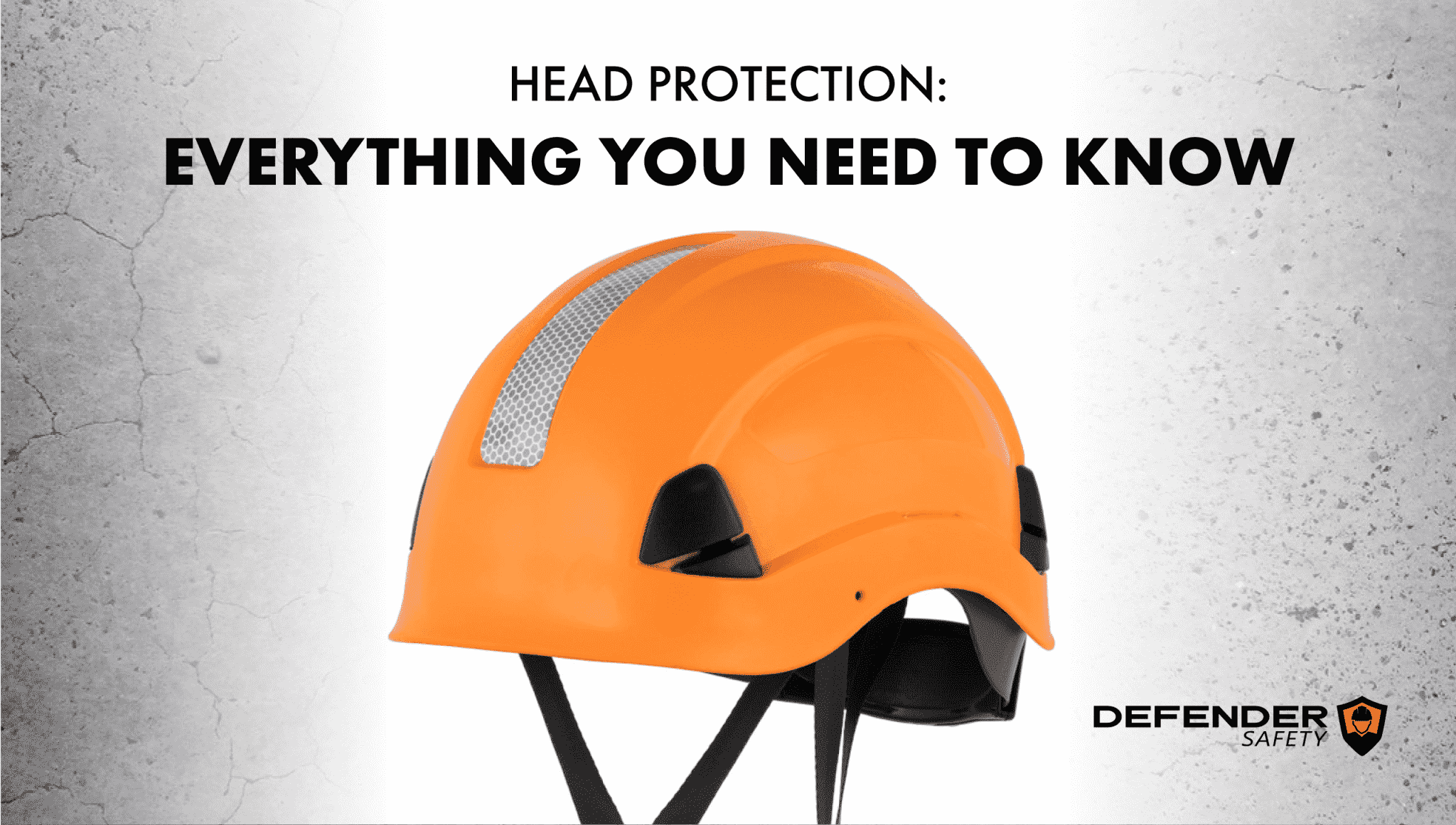What is OSHA? What are their helmet requirements?
The Occupational Safety and Health Administration (OSHA) is an agency within the United States Department of Labor. The intent of OSHA is to secure safe workplace conditions by establishing standards and providing education. OSHA regulations mandate that general industry and construction workers must wear a helmet when exposed to- Falling objects
- Electrical hazards
- Burns
- Low-hanging objects
What is ANSI Z89.1?
The American National Standard for Industrial Head Protection (ANSI Z89.1-2014) describes performance and testing conditions for safety helmets. The document also sets types and classes of helmets based on possible dangers. OSHA allows helmets that follow the 2009, 2003, and 1997 editions of the ANSI Z89.1. However, if the job exposes employees to risks only mentioned in the 2014 version, older products may not comply.What are the types and classes of helmets?
Helmet Types There are two types of helmets defined by the ANSI Z89.1-2014. The type refers to the level of impact and penetration defense.- Type I helmets reduce the force of an impact at the top of the head.
- Type II helmets reduce the force of an impact at the top, front, back, and sides of the head.
 Depending on the potential risks, type I and type II helmets have distinct purposes. Type I helmets guarantee protection from tools, small parts, or other objects falling from a height. Type II helmets protect from horizontal impacts and falling objects. Helmet Classes Furthermore, the ANSI defines helmets by their ability to withstand electricity. There are three classes, each with different electrical properties.
Depending on the potential risks, type I and type II helmets have distinct purposes. Type I helmets guarantee protection from tools, small parts, or other objects falling from a height. Type II helmets protect from horizontal impacts and falling objects. Helmet Classes Furthermore, the ANSI defines helmets by their ability to withstand electricity. There are three classes, each with different electrical properties.
- Class E (Electrical) helmets protect from impacts, penetration, and high voltage shocks up to 20,000 volts.
- Class G (General) helmets are all-purpose with impact, penetration, and limited voltage protection up to 2,200 volts.
- Class C (Conductive/Consumer) helmets provide only impact and penetration protection.
What are the ANSI testing requirements?
 Type I and Type II helmets must pass performance tests to be certified. The basic tests include:
Type I and Type II helmets must pass performance tests to be certified. The basic tests include:
- Flammability
- Force Transmission
- Apex Penetration
- Electrical Insulation (when necessary)
- Flammability
- Force Transmission
- Apex Penetration
- Electrical Insulation
What are the ANSI tests for Type II helmets?
Since Type II helmets offer protection to all sides of the head, additional testing is required. The tests include:- Impact Energy Attenuation
- Off-Center Penetration
- Chin Strap Retention
- Impact Energy Attenuation
- Off-Center Penetration
- Chin Strap Retention
What are the takeaways?
Safety helmets and headgear are essential to promote a safe work environment on any construction site. Helmets must have the proper credentials to protect workers from potential brain damage. The ANSI Z89.1, and OSHA, approved helmets guarantee protection through tests and provisions that simulate workplace conditions. Specified classes, types, and optional tests allow for more specialized helmets that fit different scenarios. Comfort and ease of use are also crucial factors for a helmet. The Defender Safety H1 helmet has an adjustable chin strap and suspension system to securely fit most head sizes. The Defender Safety helmets are ANSI approved and provide protection in a wide variety of workplace situations.


